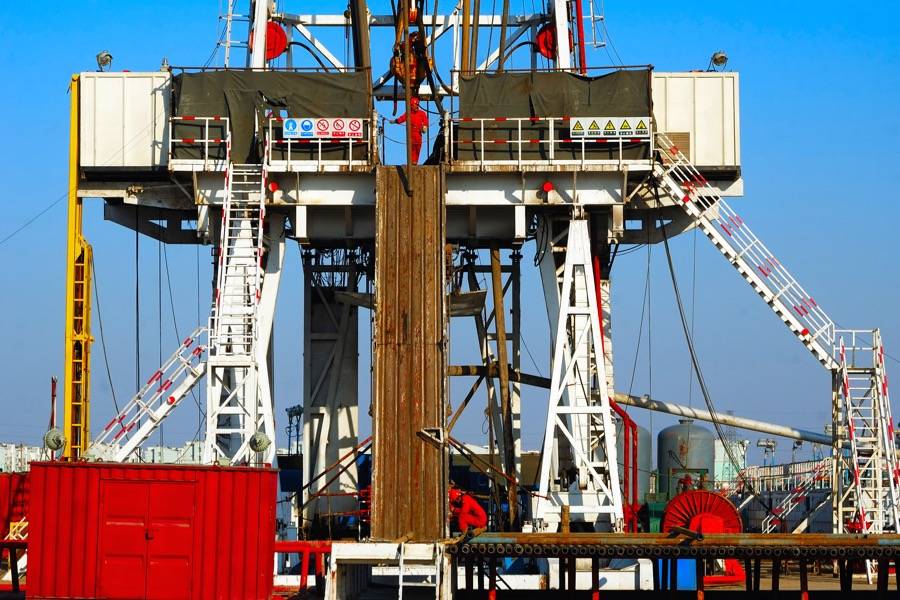Slip Crushing – Audit
NOTICE: Our Mathcad database got attacked and infected with a virus. Unfortunately, we've had to shut it down until further notice.
You can safely browse the pages, as the Mathcad server was separate to this main website, and was only accessible here. (We used something called an iFrame, which is like a window into a different website).
UPDATE 28th of January 2020: the virus happened just over a week ago. We've temporarily cut and pasted the text parts of the Mathcad pages rather than having blank pages there.
UPDATE 3rd of February 2020: We've been unable to recover the Mathcad worksheets and offer them in a format that provided total security to users. They were published a decade ago, and our IT people say that they would need a complete re-creation with the latest code and security fixes.
APPEAL: These 44 pages were created, and offered as a free resource for over a decade. We know from our website analytics that more than 1000 users visited each month. If only half of these regular visitors donated $20, we would have enough to create an even better solution. As you know, time is money, have these Mathcad pages saved you $20 in time over the years? We expect that they have, not to mention the learning opportunities provided to new engineers entering the industry.
Please, donate at least $20 as a one-off payment, to bring back the drillers Mathcad back as an always free to use resource!
YES! I've gotten value from the drillers Mathcad in the past, and a $20 is a very affordable way of saying thanks. I also want to preserve this tool for future engineers.
NO! I can't or won't donate to the restoration fund. I'm happy to spend a few minutes to offer a testimonial to help encourage the effort. These worksheets do have value. Offer Feedback.
Slip crushing, release 2, issued 24 September 2018. AUDIT version.
The current release of this worksheet exists in different versions. They are identical apart from the way they are formatted. The Work version hides intermediate calculations and allows the user to see the results just below the inputs. This is useful for quick “what-if” games, changing various inputs to see what works best. The Audit version displays all intermediate calculations.
Description
This worksheet calculates the maximum axial load that a section of drillpipe can be subjected to when setting the slips to avoid crushing by the hoop stress imposed by the slips. It assumes that the drillpipe, slips and bowl are in good condition and that the slips are set with slow movement down (ie no shock loading).
User input
5 |
inchmm |
Pipe outside diameter. L_Ddp =
4.276 |
inchmm |
Pipe inside diameter (actual, not nominal). L_ddp =
135 |
Enter the number part of the pipe steel grade eg for G105, enter 105 (units are kpsi). Pσ =
16.5 |
Decimal feetinchmm |
Slip contact length (between slips and bowl). L_Mcnt =
14 |
degreesradians |
Slip angle in degrees (angle between back of slips and pipe centreline). θslip =
260 |
inch squaredmm squared |
Contact area between slips and pipe (refer to slip manufacturer). Acnt =
0.08 |
Coefficient of friction between slips and bowl. Cμ =
1.45 |
Design factor for crushing (hoop stress). C_dfhp =
1.25 |
Design factor for axial stress (tension). C_dft =
Click here when any values are modified to update the result.
Calculations
Calculate the pipe cross sectional area Adp
Calculate the constant CK
Calculate the limiting axial force for slip crushing.
Calculate the design strength of the landing joint.
Results
Maximum tension to avoid slip crushing
Design strength of the landing joint
Worksheet references
Version 1 of this worksheet released on 12 January 2009 by Steve Devereux CEng.
Version 2 of this worksheet released on 24 September 2018 by Steve Devereux CEng. A user found an error in the formula for the design strength of the landing joint, where the minimum yield stress multiplied by the cross sectional area of the pipe was multiplied by the design factor when it should have been divided by it.
Reinhold & Spri. “Why does drill pipe fail in the slip area?” World Oil article, October 1959.





